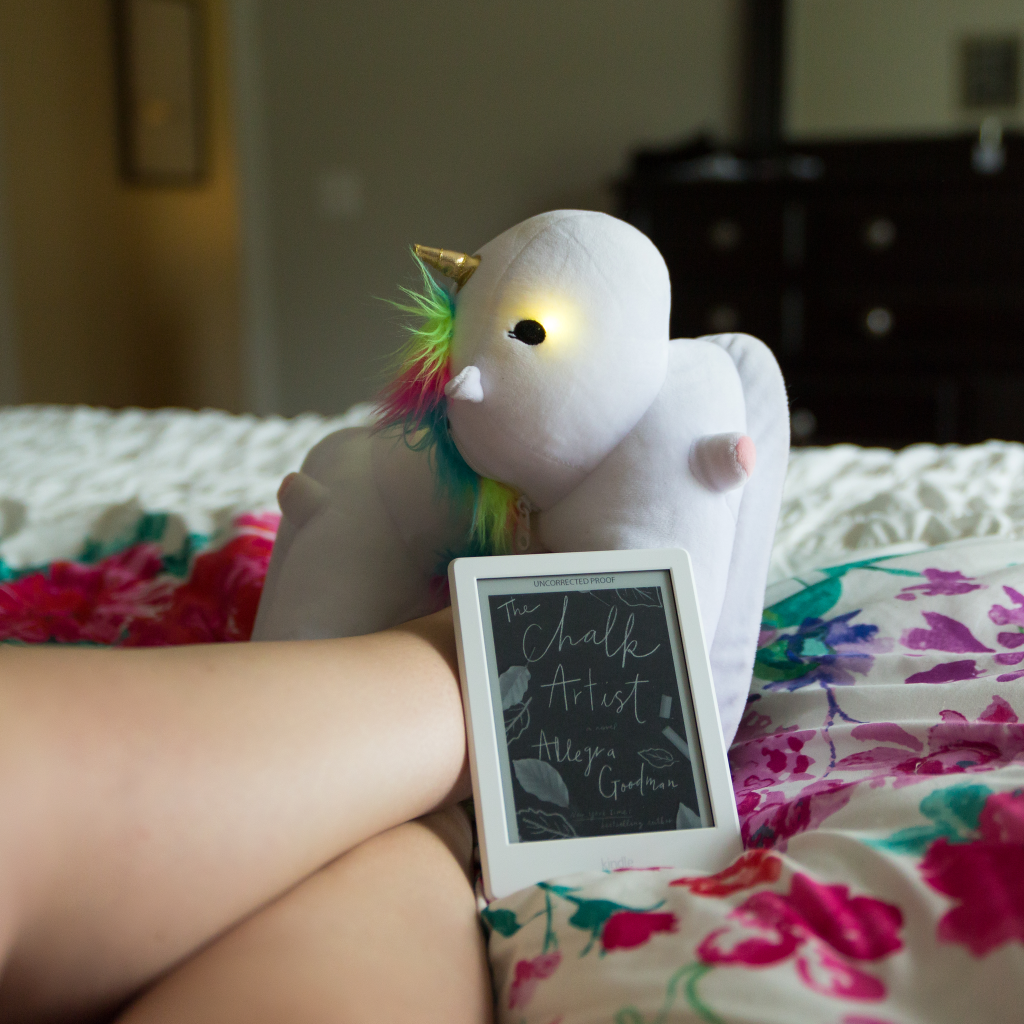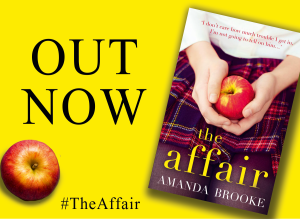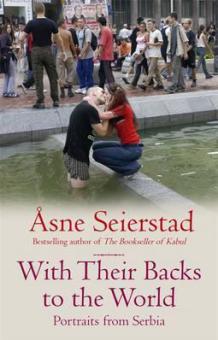Special thanks to NetGalley and Random House for the review copy of The Chalk Artist!

Readers who are drawn to The Chalk Artist based on the summary or a quick glance through the first few chapters are in for quite the surprise–this is not simply a tale of romance. The Chalk Artist follows the lives of several characters over the course of roughly a year, and although the relationship that two of those characters (Collin and Nina) enter into in the beginning of the book forms the basis for the story, it is far from the driving force. Collin is an extraordinarily talented artist who works in chalk, erasing his quickly drawn masterpieces without a second thought. Meanwhile, Nina is a high school literature teacher whose life of privilege and ease could have left her spoiled to living a similar life the rest of her days, but she instead has an overwhelming desire to reach the (mostly) troubled students she teaches.
As Collin and Nina fall in love and Nina decides that Collin deserves more than the unambitious life he leads, readers are taken into the world of online gaming and EverWhen, the massive online world that Nina’s father and uncle have created. As a result, the story’s focus turns to Aidan, a high school student addicted to EverWhen; his twin sister Diana, whose status as an outcast and loyalty to keeping her brother’s secrets cause her intense emotional conflict; and a mysterious woman named Daphne, the force the connects all the characters in The Chalk Artist.
Initially, I assumed that The Chalk Artist would be the exact type of cliche romance novel that I dislike. Boy meets girl. Boy wins girl’s heart. Girl tries to change boy. Boy screws up. Girl eventually forgives him, and they live happily ever after.
I was wrong.
The Chalk Artist is so much more complex and touches on incredibly meaningful ideas such as gaming addiction, the influence of teachers on their students, and the emotional power of art. The crux of this novel lies in the role of Arkadia, the company owned by Nina’s father and uncle and where Collin begins working, thanks to Nina’s influence. Once Collin begins working at Arkadia, The Chalk Artist moves dramatically away from any resemblance to a cliche romance novel and shifts its focus to online gaming. As someone who has never had any interest in online gaming communities, I should have felt alienated from The Chalk Artist at that point, but I didn’t. Allegra Goodman has crafted such a vivid world within the world of her book that I found myself understanding the pull that world had on its gamers and employees, especially when given an inside look at the marketing and design behind the scenes that is specifically crafted to intensify the power of that pull.
Additionally, Goodman has crafted characters in which I found myself easily invested, overall. Collin, the chalk artist himself, was lovably flawed, and his difficulty living a life with day-to-day expectations of responsibility was expertly depicted. Aidan’s defiance of rules and apathy toward school contrasted perfectly to his utter devotion to his online gaming community and obsession with Daphne. Meanwhile, however, Diana’s identity crisis felt slightly out of place in the overall scheme of the novel, since she seemed to lack a real connection to either Collin or Nina, but I still felt myself understanding her and invested in her outcome.
Nina herself is a source of conflict for me.
Most novels that place emphasis on characters who teach high school students get it wrong. As a high school English teacher myself, I find those characters are usually too bitter and jaded or too idealistic. For once, I felt that an author “got it.” Nina’s journey during the end of her first year and beginning of her second mimicked that of most teachers I know. Initially, she struggled to establish her authority in her classroom and made several first-year mistakes. During her second year, she still made mistakes, but she was beginning to create her own identity as a teacher. As a teacher, her character was compelling. However, I found myself completely unable to connect to her outside of her interactions with her students. She was cold and far too serious for me to realistically empathize with her emotional conflicts, and I struggled to understand Collin’s feelings toward her. Goodman revealed bits of her childhood to help readers understand her frigidity, but I still never felt the connection to her that I felt to the other characters.
Other than Nina’s character, my only other complaint about The Chalk Artist is a minor one. The title of the book led me to believe that much more focus would be placed on Collin, but I found that his character wasn’t even the glue that held the plot together. When examined with the idea of chalk art being temporary, just like the moments of artistic clarity are fleeting throughout the book, the title makes a bit more sense, but I still feel like it suggests that the book is about Collin. Instead, this book is about so much more.
Rating:





